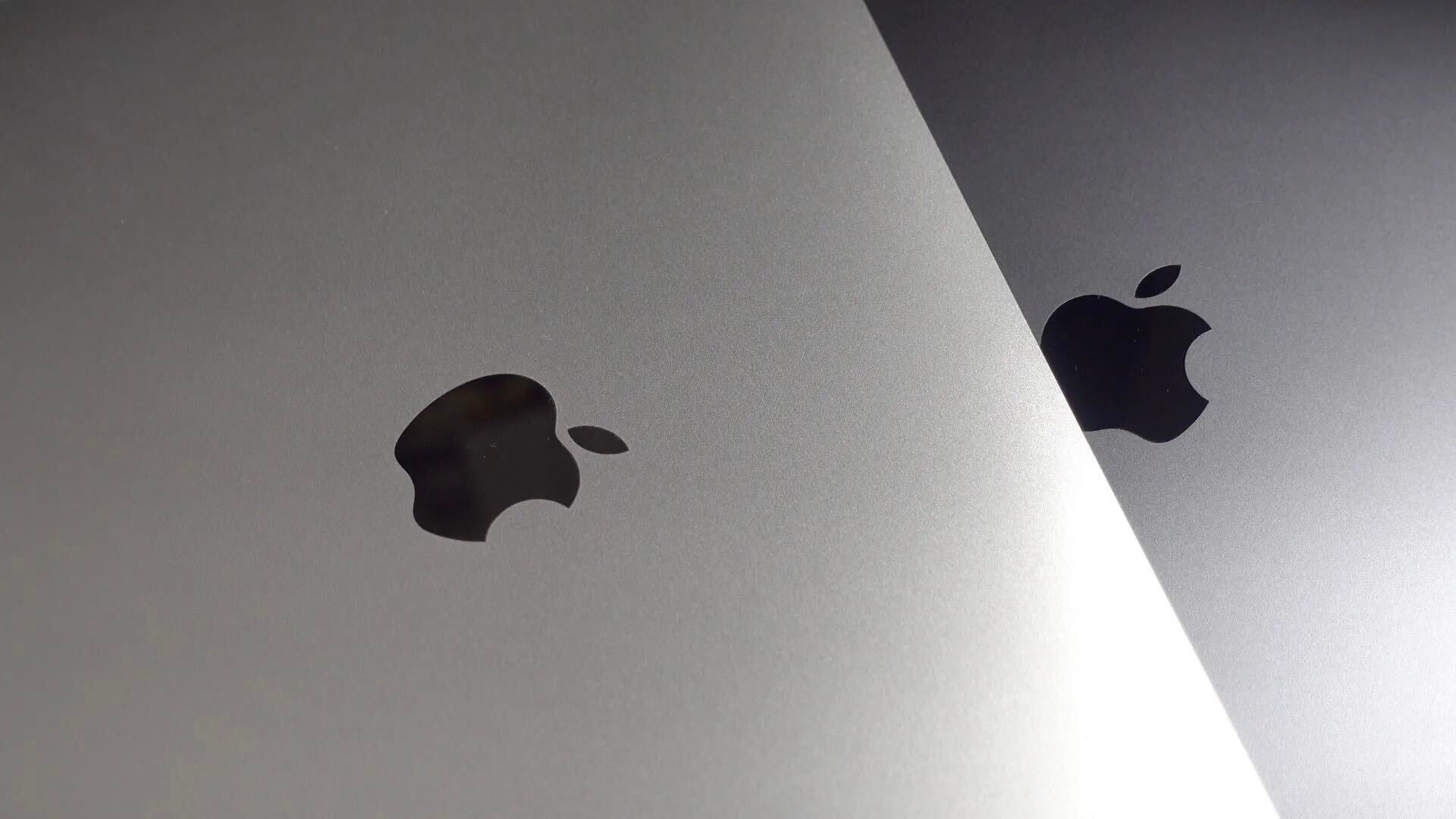
The secret behind Apple’s design excellence is a simple one, says former senior designer & UX specialist

The secret behind Apple’s design excellence is a simple one, says former senior designer and user experience specialist Mark Kawano in an interview with Fast Company: it’s not just something left to the designers.
It’s actually the engineering culture, and the way the organization is structured to appreciate and support design. Everybody there is thinking about UX and design, not just the designers. And that’s what makes everything about the product so much better . . . much more than any individual designer or design team.
Kawano says that everyone on the team caring about design was how Apple was able to create its core products in the early days of the iPhone with a team of around 100 designers.
For the most part, Apple didn’t employ specialist designers. Every designer could hold their own in both creating icons and new interfaces, for instance. And thanks to the fact that Apple hires design-centric engineers, the relatively skeleton design team could rely on engineers to begin the build process on a new app interface, rather than having to initiate their own mock-up first.
He also revealed that many of the small, thoughtful touches for which Apple is famous were things that individual designers and engineers came up purely as interesting experiments and then tucked away for years. He gave the example of the password box in OS X shaking if you didn’t enter it correctly.
Say we need a good way to give feedback for a password, and we don’t want to throw up this ugly dialog–then it’s about grabbing these interaction or animation concepts that have just been kind of built for fun experiments and seeing if there’s anything there, and then applying the right ones.



